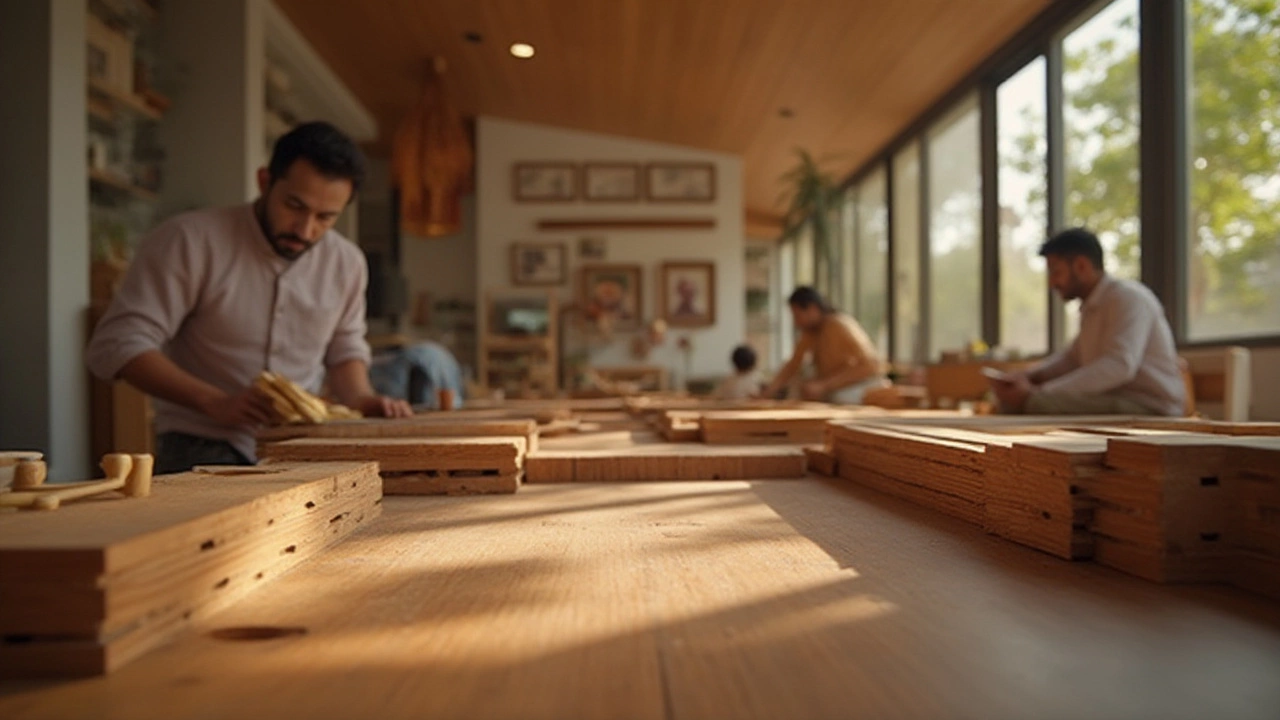Craftsmanship in Sofa Design – Why It Matters
If you’ve ever sat on a couch that felt instant comfort, you’ve felt the result of good craftsmanship. It’s not just about fancy fabrics or big logos; it’s the hands‑on work that makes a sofa sturdy, comfortable, and lasting. In this guide we’ll break down what real craftsmanship looks like, why it matters for your living room, and how you can pick pieces that won’t flop after a few months.
What Makes Good Craftsmanship?
First off, good craftsmanship starts with the frame. A solid hardwood frame—usually oak, beech, or maple—provides the backbone that holds everything together. Look for mortise‑and‑tenon joints or dowel construction; these are signs the maker avoided cheap staples or nails. Next comes the cushion core. High‑density foam or pocket‑sprung coils keep the seat firm yet give way where you need it. A well‑built cushion will bounce back to its original shape after you stand up. Finally, the upholstery. Hand‑stitched seams, reinforced corners, and quality thread keep the fabric from pulling apart. When each layer gets attention, the sofa performs better and lasts longer.
How to Spot Quality Work
When you walk into a showroom, start by checking the legs. Screwed‑in legs that feel solid are better than glued‑on plastic pieces that can wobble. Give the armrests a little push—there should be no creaking. Flip the couch to peek at the underside; a visible wooden frame is a good sign. For upholstery, run your hand across the seams. Loose or uneven stitching means the piece was rushed. Ask the retailer about the cushion filling and its density; a reputable seller will have numbers to share. These quick checks save you from buying a couch that collapses after a few weeks.
Why does this matter for you? A well‑crafted sofa feels comfy from day one, but more importantly, it saves money in the long run. Instead of replacing a sagging couch every few years, a solidly built piece can stay beautiful for a decade or more. That’s a win for both your wallet and the environment.
Custom couch makers often let you choose frame wood, cushion type, and fabric. This flexibility lets you match the sofa to your lifestyle—pet‑friendly fabrics for animal lovers, extra‑firm cushions for those who need support, or deeper seats for movie nights. When you control the details, you also guarantee the craftsmanship meets your standards.
If you’re on a budget, don’t assume cheap means crappy. Some manufacturers use factory‑efficient methods while still keeping a strong frame and good cushioning. Look for brands that highlight their construction methods in product descriptions. Reviews that mention “no sagging after a year” are a solid clue that the maker values durability.
Maintenance also plays a part. Even the best‑crafted sofa needs care. Rotate cushions every few months to even out wear, and vacuum the upholstery to keep dust from grinding into the fabric. A quick spot‑clean with mild soap can prevent stains from setting. When you treat the couch right, the craftsmanship you paid for stays effective.
Bottom line: craftsmanship isn’t a buzzword; it’s the foundation of a sofa that supports you, looks good, and lasts. By checking the frame, joints, cushions, and stitching, you can separate the truly handmade feel from mass‑produced shortcuts. Choose pieces built with care, and you’ll enjoy a comfortable living space for years to come.
How to Identify High Quality Furniture: Expert Tips and Signs
Spotting high quality furniture is easier with these real-world tips. Learn about materials, craftsmanship, design, and red flags to avoid regret.





